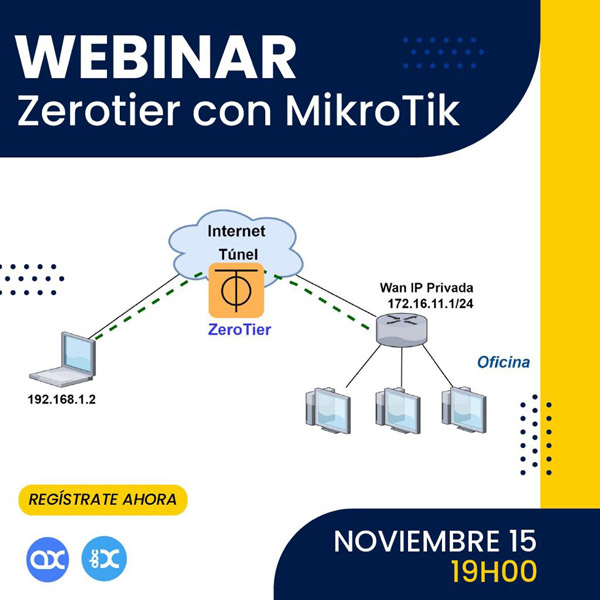How can I know if I am obstructing another signal from another radio link or how would I avoid having a problem with another link that has line of sight in my area?
You can use tools with the scanner to see the adjacent SSIDs and validate at what signal level you hear those networks. If you hear them with a good signal it means that you are working near them.
Avoiding obstruction or interference with other radio link signals in your area requires a careful and planned approach.
Here are some strategies and steps you can follow to make sure you don't interfere with other links and how to check if you are causing any interference:
Conduct a Site Survey and Spectrum Analysis
- Site Study: Before installing a new radio link, carry out a site study. This includes a visual and technical analysis of the area to identify possible physical obstructions and evaluate the line of sight (LoS) to the other point of the link. Tools like Google Earth can be useful for a preliminary assessment, but an on-site inspection will provide more precise information.
- Spectrum Analysis: Use a spectrum analyzer to evaluate signal congestion in the frequency bands you plan to use. This will help you identify other signals in the area and select a frequency that minimizes interference. Many modern radios include spectrum analysis tools that make this process easier.
Planning and Coordination
- Select the Appropriate Frequency: Based on your spectrum analysis, choose a frequency that is as free as possible from other signals. Consider using less congested bands if possible.
- Coordination with Other Operators: In some areas, it may be beneficial to coordinate with other radio link operators to avoid mutual interference. This may include selecting frequencies, adjusting transmit powers, and aligning antennas to minimize impact between systems.
Technical Configuration
- Adjust Transmission Power: Uses the minimum transmission power necessary to establish a reliable link. This reduces the likelihood of causing interference to other systems and also minimizes your susceptibility to interference.
- Use of Directional Antennas and Precise Alignment: Directional antennas with high gain and a narrow beamwidth can help focus the signal between link points, reducing the possibility of interfering with other systems. Ensure antennas are precisely aligned to maximize link efficiency and minimize signal dispersion.
- Implement Mitigation Techniques: Consider using interference mitigation techniques such as Dynamic Frequency Selection (DFS) and Automatic Power Control (APC), if your equipment supports it.
Continuous Monitoring and Adjustments
- Continuous monitoring: After deployment, continue to monitor the spectrum and performance of your link. This is crucial to quickly identify and resolve any interference issues that may arise due to changes in the environment or the addition of new links by other operators.
- Be Open to Adjustments: Be flexible and willing to make adjustments to your settings if you are found to be causing interference. This may include changes in frequency, transmission power, or even relocation of equipment.
Implementing a radio link without interfering with others requires diligence in both planning and ongoing operation.
The key to success is good prior study, careful choice of equipment and configurations, and constant monitoring to adapt to any changes in the RF (Radio Frequency) environment in your area.
There are no tags for this post.- Share this Article









